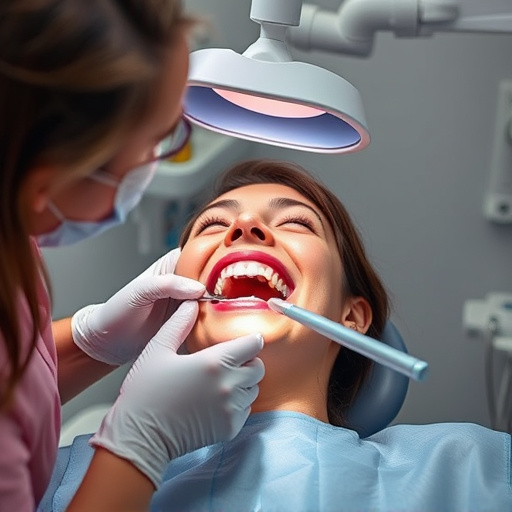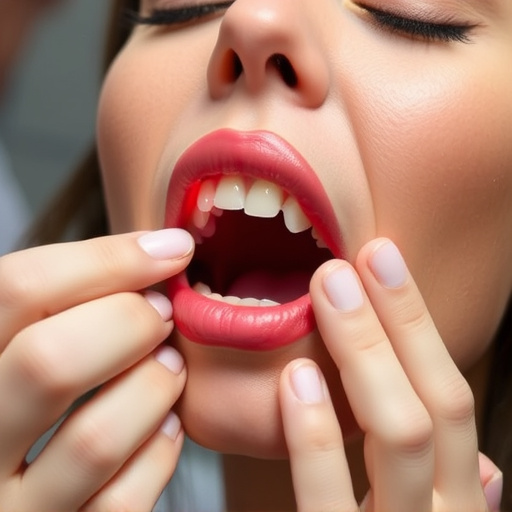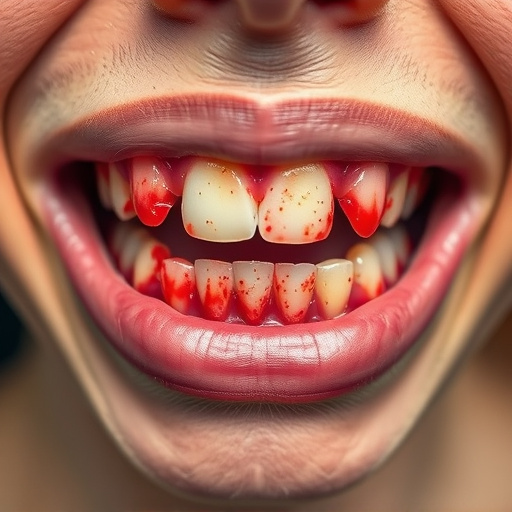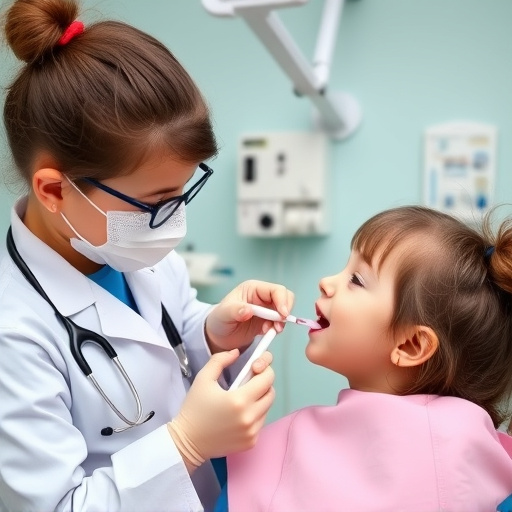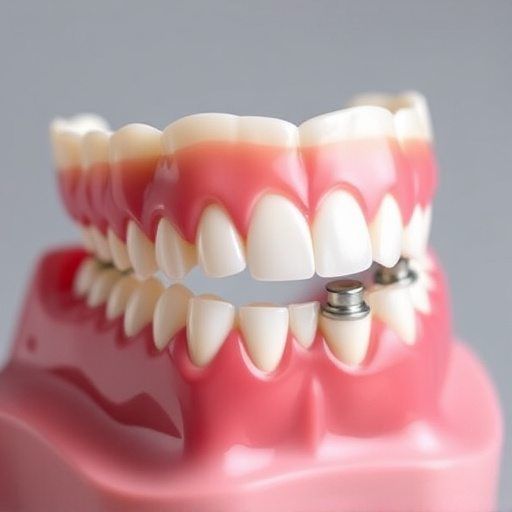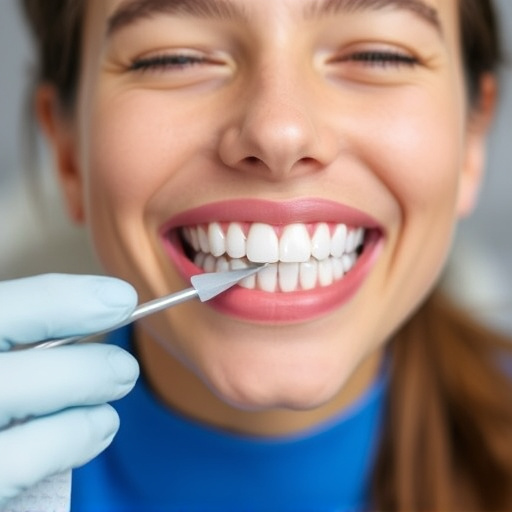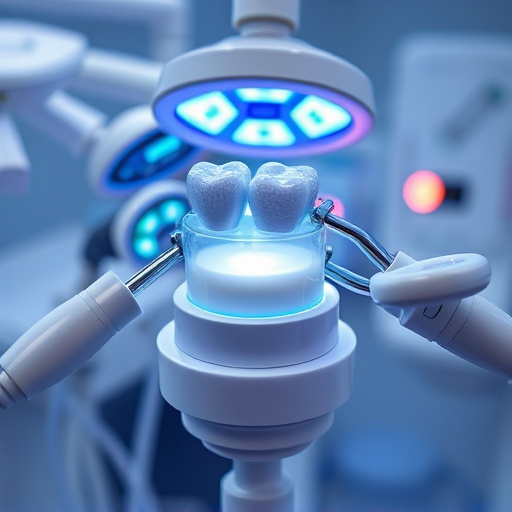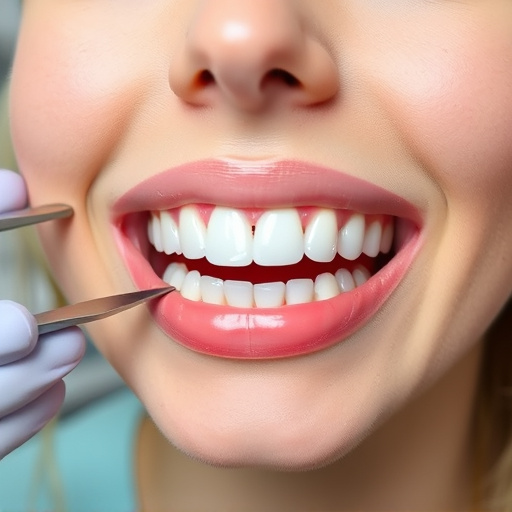Laser dentistry treatment has transformed modern dental care with its precision and minimal invasiveness, offering enhanced accuracy and speed in various procedures. By utilizing concentrated light beams, it minimizes infection risks associated with traditional methods, making it ideal for delicate operations like wisdom tooth removal and dental implant placement. Best practices, including patient consultation, tailored treatments, and general dentistry, ensure safe and effective laser dentistry while promoting long-term oral wellness.
“Discover the future of dental care with Laser Dentistry Treatment: Minimizing Infection Risk. This comprehensive guide explores the benefits of this advanced procedure, from precise tissue cutting to minimal discomfort. Learn how lasers reduce infection possibilities and enhance healing. We delve into best practices for safe, effective treatments, ensuring peace of mind. Understanding laser dentistry’s capabilities is key to achieving optimal oral health with reduced risks. Embrace the revolution in dental care.”
- Understanding Laser Dentistry and Its Benefits
- Minimizing Infection Risks in Laser Dental Treatments
- Best Practices for Safe and Effective Laser Dentistry Procedures
Understanding Laser Dentistry and Its Benefits
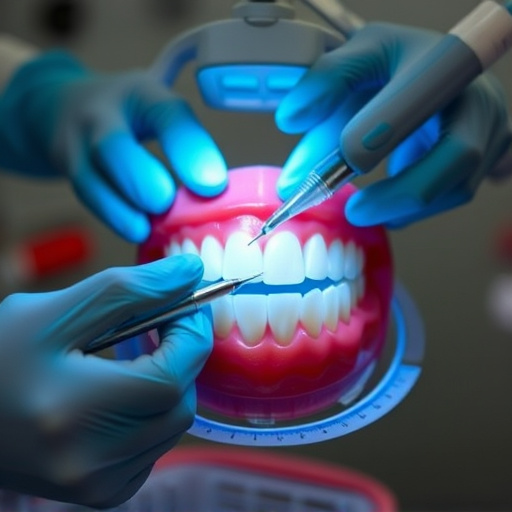
Laser dentistry treatment has emerged as a revolutionary approach in modern dental care, offering a range of benefits that traditional methods cannot match. This innovative technique utilizes concentrated beams of light to interact with various dental tissues, enabling precise and minimal invasive procedures. By employing lasers, dentists can provide comprehensive dental care with enhanced accuracy and speed.
One of the key advantages is its ability to minimize infection risks significantly. Laser dentistry treatment reduces the need for extensive cutting and drilling, thereby decreasing the potential for introducing bacteria into the oral cavity. This is particularly beneficial when performing delicate procedures like wisdom tooth removal or placing dental implants, where maintaining a sterile environment is crucial.
Minimizing Infection Risks in Laser Dental Treatments
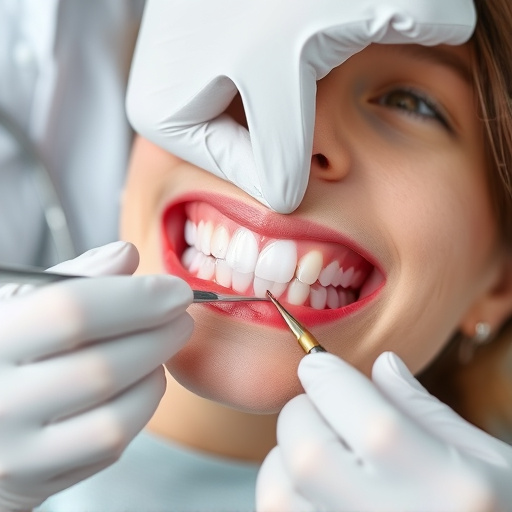
In laser dentistry treatment, minimizing infection risks is paramount to ensure patient safety and optimal outcomes. Unlike traditional dental procedures that may involve cutting or drilling, lasers offer precise and minimally invasive approaches for various dental cleanings, tooth extractions, and tooth repair tasks. By utilizing high-intensity light, lasers can effectively disinfect the treatment area, reducing the chances of bacterial growth and infection.
Advanced laser dentistry technologies are equipped with safety features designed to prevent collateral damage and cross-contamination. These systems use specific wavelengths of light that target only certain types of tissues or bacteria while minimizing harm to surrounding healthy areas. Regular sterilization protocols and the use of disposable materials further contribute to a sterile environment, significantly lowering the infection risk during laser dentistry treatments.
Best Practices for Safe and Effective Laser Dentistry Procedures
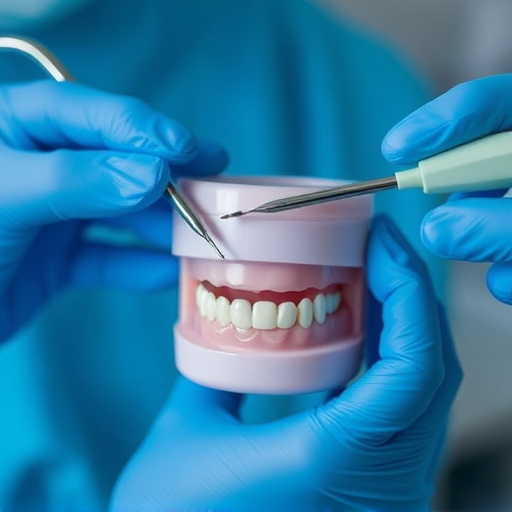
In the realm of laser dentistry treatment, adhering to best practices is paramount to ensuring safe and effective procedures. Before initiating any laser dentistry treatment, thorough patient consultation is crucial. This involves understanding the patient’s medical history, current oral health condition, and their expectations from the procedure. Armed with this information, dental professionals can tailor the laser treatment to suit individual needs, minimizing potential risks.
General dentistry plays a pivotal role in these practices as it emphasizes regular teeth cleaning and maintenance. Keeping the mouth clean reduces the chances of bacterial infections, which could complicate laser treatments. Additionally, clear aligners or traditional braces might be recommended prior to laser therapy to rectify underlying malocclusions, further decreasing infection risk. These proactive measures not only enhance the effectiveness of laser dentistry treatment but also contribute to long-term oral health and wellness.
Laser dentistry treatment offers a precise, efficient, and comfortable option for various dental procedures. To ensure a safe experience, minimizing infection risks is paramount. By adhering to best practices, including proper hygiene protocols, sterile equipment, and patient selection criteria, dentists can effectively perform laser treatments with reduced infectious complications. Continuous education and staying updated with advancements in laser dentistry technology are key to providing quality care.





